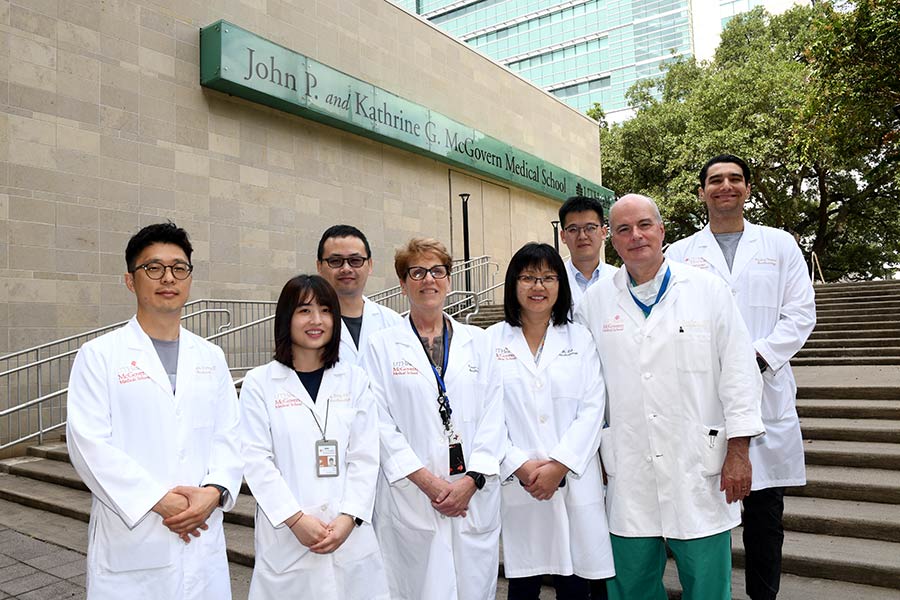Research Focuses on Liver Protection and Regeneration
Congratulations to Dr. Cynthia Ju and her lab; Drs. Yang Yang, Yankai Wen, Jong-Min Jeong and Constance Atkins and Nicolas Moreno.

Recent back-to-back papers published in Science Translational Medicine, Journal of Hepatology and Hepatology by lead author Dr. Cynthia Ju, elucidate the mechanisms of eosinophil-mediated protection against acute liver injury and promotion of liver tissue repair.
“Eosinophils attenuate hepatic ischemia-reperfusion injury in mice through ST2-dependent IL-13 production” published in Science Translational Medicine uncovered that eosinophils are recruited into the allograft following orthotopic liver transplantation in humans, and the higher numbers of eosinophils correlate with lower degrees of liver injury. “This was a serendipitous finding made possible owing to the collaboration with Dr. Steve Bynon and his surgical team,” said Ju.
“Eosinophils protect against acetaminophen-induced liver injury through cyclooxygenase-mediated IL-F/IL-13 production” published in Hepatology details the protective role of eosinophils against acetaminophen-induced liver injury, which is the most common cause of liver transplantation in the United States, responsible for 56,000 emergency department visits and 500 deaths per year.
“This series of studies suggest that strategies to promote eosinophil recruitment and/or adoptive transfer of eosinophils may be an effective cell-based therapy to improve outcomes of patients undergoing liver transplantation and patients with acute failure due to acetaminophen overdose or other conditions,” said Bynon, professor of organ transplantation.
This work has been supported by an NIDDK R01 grant (2019-2023), which was renewed in June this year. The renewal will focus on understanding the molecular and cellular mechanisms of liver repair and regeneration after injury.
More information can be found here.